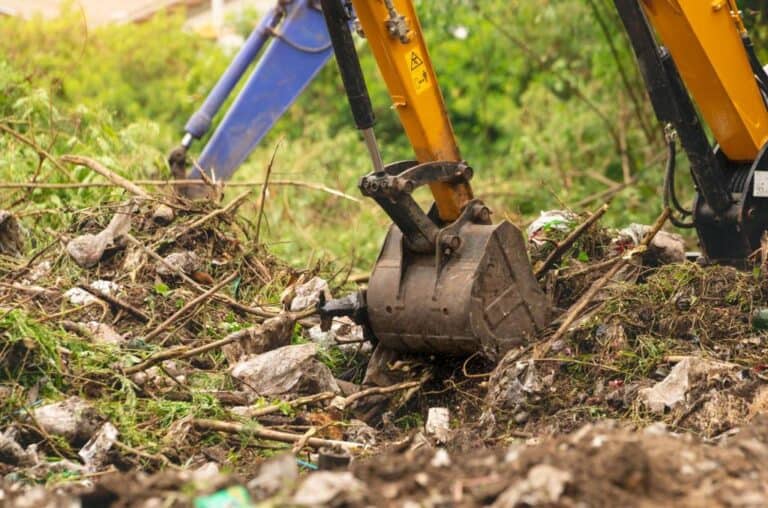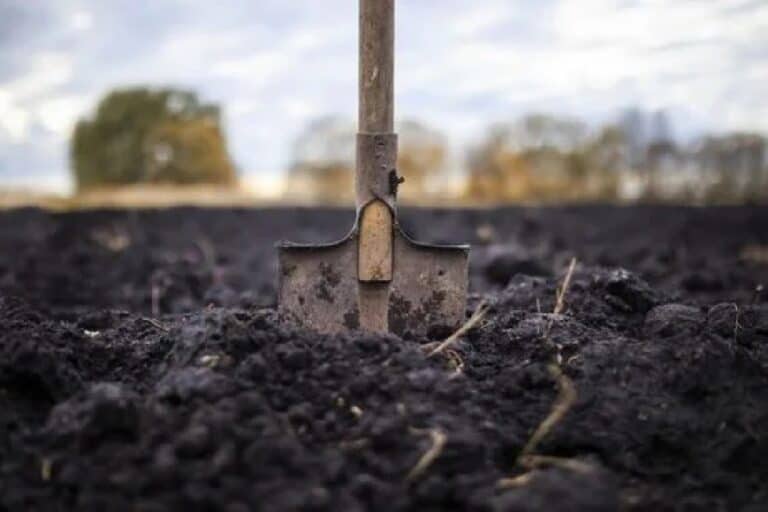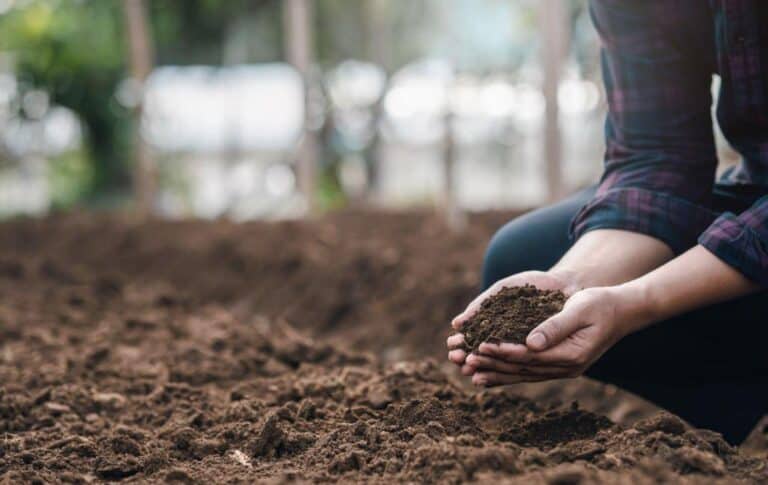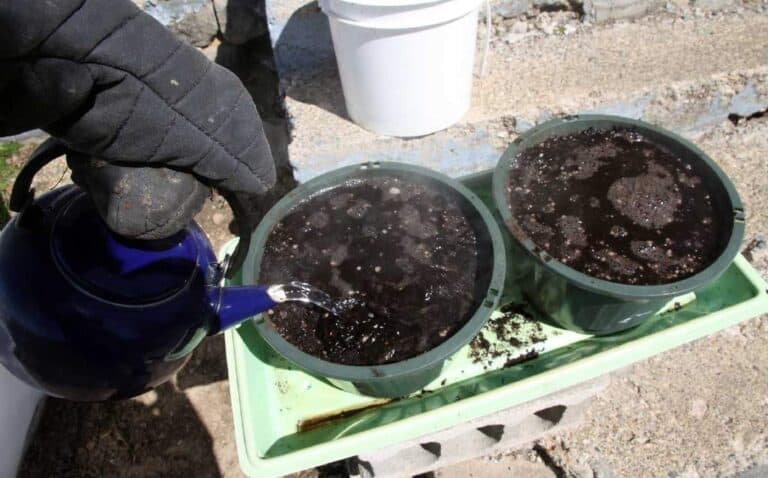Does Freezing Soil Sterilize It? Frozen Soil Sterilization Test
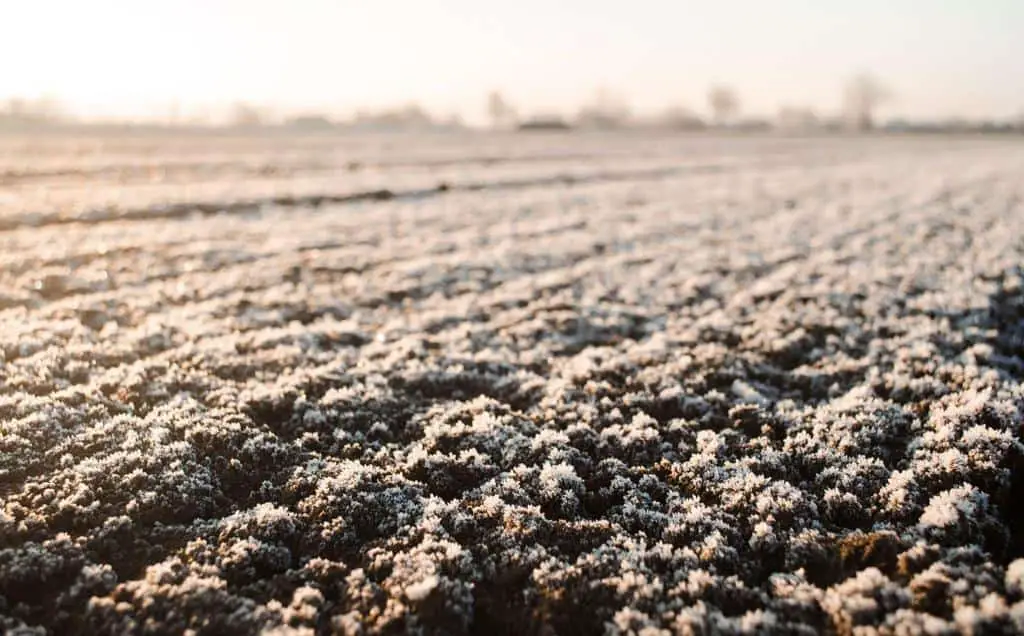
Imagine you’re about to embark on your dream garden project, envisioning vibrant blooms and bountiful harvests. But hidden in the soil are potential threats that could turn your garden into a battlefield of pests and diseases.
Soil sterilization is your secret weapon to ensure a thriving, disease-free haven for your plants. Among the arsenal of sterilization methods, freezing soil emerges as an intriguing contender. But does freezing soil hold the power to sterilize it completely?
Let’s dive into the science behind this frozen phenomenon and uncover the truth. In this captivating journey, we’ll venture into the icy depths of soil sterilization, exploring the impact of freezing on soil organisms and its potential benefits.
Whether you’re a seasoned gardener or a curious soul seeking answers, come along as we thaw out the mysteries of freezing soil. The answers might just surprise you!
Understanding Soil Sterilization
To grasp the concept of freezing soil sterilization, let’s start with the basics. Soil sterilization involves eliminating or reducing the number of microorganisms present in the soil. This is crucial in agriculture, laboratory research, and medical settings, where a sterile environment is necessary for controlled experiments and disease prevention.
Various methods are used for soil sterilization, each with its advantages and drawbacks. Freezing, the focus here, is an intriguing technique with the potential for effective sterilization. Unlike other methods that use chemicals or heat, freezing involves subjecting the soil to extremely low temperatures.
This method halts microbial activity by causing the water in the soil to freeze, effectively killing the microorganisms. Once thawed, the soil can be used with reduced microbial populations, providing a clean slate for various applications.
Advantages and Drawbacks of Freezing Soil Sterilization
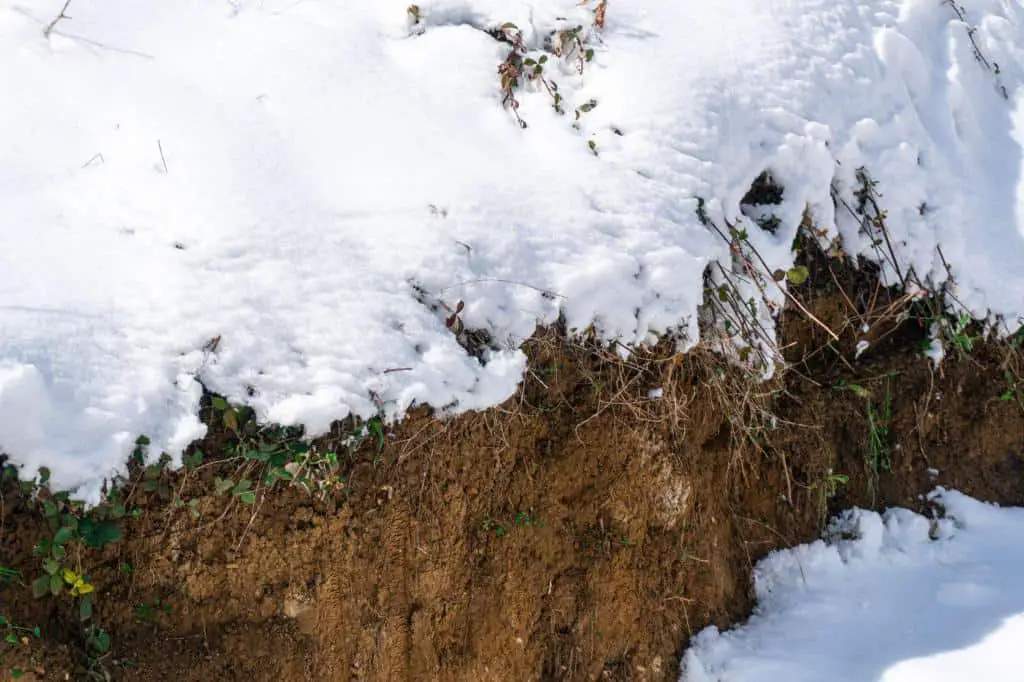
Freezing soil sterilization offers a host of benefits, making it an attractive option for various applications. Firstly, it is a chemical-free and environmentally friendly method, ensuring that no harmful residues are left in the soil after treatment. This is particularly important in agricultural settings, as it preserves the soil’s natural balance and reduces the risk of contamination in the surrounding ecosystem.
Secondly, freezing soil sterilization is a cost-effective and straightforward technique, making it suitable for small-scale applications. Farmers and researchers can employ this method without investing in expensive chemicals or complex equipment. The ease of implementation allows for greater accessibility, especially for individuals or communities with limited resources.
Despite its advantages, freezing soil sterilization also has some drawbacks to consider. One major limitation is the requirement for specialized equipment to achieve freezing temperatures. This may pose a challenge for those with limited access to such machinery, potentially limiting its widespread adoption.
Additionally, freezing treatment times are longer compared to certain alternative sterilization methods. This may impact time-sensitive projects or situations where a rapid turnaround is crucial.
Below is a summary of the advantages and drawbacks of freezing soil sterilization:
Advantages of Freezing Soil Sterilization
1. A chemical-free and environmentally friendly method.
2. No harmful residues are left in the soil.
3. Cost-effective and easy to implement, suitable for small-scale applications.
Drawbacks of Freezing Soil Sterilization
1. It requires specialized equipment for freezing.
2. Longer treatment times compared to some other sterilization methods.
Does Freezing Soil Sterilize It?
While freezing the soil might reduce the population of certain pests and pathogens, it falls short of achieving complete sterilization. High temperatures, exceeding 140ºF or 60ºC, are necessary to effectively eliminate soil-bound organisms like fungi, mold, nematodes, and gnats.
Freezing might kill some pathogens, but resilient ones can merely go into dormancy, waiting for more favorable conditions to return. Relying solely on freezing is not a reliable approach for soil sterilization.
Instead, gardeners and researchers should explore alternative methods with proven effectiveness. Boiling water, baking soil in the oven, or using steam sterilization are viable options to ensure a clean slate for planting.
Combining these methods with freezing can create a powerful soil sterilization protocol, eradicating harmful organisms and paving the way for healthy, disease-free growth.
The Effect of Freezing on Soil Organisms
Freezing can undoubtedly harm some soil organisms, especially those not adapted to survive sub-zero temperatures. Small insects, weed seeds, and some plant pathogens may succumb to the freezing process. On the other hand, certain microorganisms have developed survival strategies that allow them to withstand freezing conditions.
One example is psychrophiles, microorganisms that thrive in cold environments. These resilient organisms can endure freezing temperatures and become active again once the soil thaws. Hence, freezing might not completely sterilize the soil, but it can still significantly reduce the population of harmful organisms.
Impact of Freezing on Soil Structure and Nutrients
When freezing steps onto the soil stage, it brings with it a transformative touch that influences both structure and nutrients. Picture a delicate dance, where the rhythm of freeze and thaw orchestrates changes beneath the surface.
Soil Structure
As freezing sweeps in, it introduces a unique choreography to soil particles. The formation of ice crystals acts as a sculptor’s chisel, shaping the arrangement of soil components. This dance can lead to soil compaction or aggregation, altering its texture and porosity. While this transformation might affect water movement and root penetration, it also sets the stage for potential shifts in microbial habitats.
Nutrient Availability
The impact of freezing reverberates through the nutrient orchestra. Nutrient availability undergoes modulation as freezing disrupts the balance within the soil matrix. Some nutrients might become temporarily inaccessible, affecting the nutrient supply chain to plants.
Just as a melody changes its tempo, freezing prompts a recalibration of nutrient dynamics, potentially demanding additional soil amendments to ensure plants receive the nourishment they crave.
In this intricate ballet of freezing and soil, the effects ripple beyond the surface, echoing through the intricate interplay of structure and nutrients. Understanding this dance helps us anticipate the changes that frozen soil might bring and empowers us to fine-tune our cultivation strategies for optimal plant performance.
Complementary Soil Sterilization Methods
To maximize the effectiveness of soil sterilization, it’s essential to consider combining freezing with other methods. This combination can create a powerful synergy, enhancing the overall results. Some methods that pair well with freezing include:
- Solarization: This method involves covering moist soil with clear plastic, harnessing the sun’s heat to raise the soil temperature and kill pathogens. Freezing can help weaken the organisms, making them more susceptible to solarization.
- Steam Sterilization: Steam is highly effective at killing various soil organisms. Combining freezing with steam sterilization can ensure a thorough elimination of pests and pathogens.
- Crop Rotation: Regularly rotating crops helps break the life cycle of pests and pathogens, further reducing their numbers in the soil.
- Mulching: Mulching with organic materials can create an inhospitable environment for pests while improving soil structure.
By integrating freezing with these complementary methods, gardeners and researchers can create a robust soil sterilization protocol tailored to their specific needs.
Limitations and Variability of Freezing Soil
While freezing holds promise as a soil sterilization method, it’s essential to acknowledge its limitations. The effectiveness of freezing can vary based on several factors, including the specific microorganisms present, the freezing temperature reached, and the duration of freezing. Certain resilient microorganisms might survive or recover from freezing, potentially compromising the intended sterilization.
Additionally, the uneven distribution of freezing patterns within the soil can result in incomplete sterilization. Areas that experience slower freezing rates might not reach the necessary conditions for effective microbial reduction. As a result, careful monitoring and consideration of these variables are crucial when employing freezing as a sterilization method.
As we’ve explored, freezing soil sterilization is a complex and intricate process with both potential benefits and limitations. Understanding the interplay between freezing, microbial life, and soil dynamics can lead to more informed decisions when choosing soil sterilization methods.
This article has provided a glimpse into the world of freezing-induced soil sterilization, shedding light on its mechanisms and implications. By appreciating the nuances of this method, we can harness its power effectively while considering its practical applications.
Conclusion
The impact of freezing on soil sterilization is notable, as it can effectively reduce the population of pests, weed seeds, and certain pathogens. Freezing is a valuable method to create a cleaner and safer soil environment, particularly in agriculture and gardening. By subjecting the soil to extremely low temperatures, freezing halts microbial activity, leading to a decline in harmful organisms. This makes it an attractive option for farmers and gardeners seeking natural ways to control pests and diseases.
However, it’s important to acknowledge that freezing might not achieve complete sterilization. Some resilient microorganisms can survive freezing temperatures and may remain active once the soil thaws. To address this limitation, combining freezing with other soil sterilization methods can enhance overall efficacy. Utilizing a combination of techniques, such as heat treatment or chemical disinfection, creates a more comprehensive and thorough approach to ensuring a healthier soil environment.
Comparing freezing with other methods for soil disinfection reveals its unique advantages. Unlike chemical-based approaches, freezing is a chemical-free and environmentally friendly method, leaving no harmful residues in the soil. Additionally, it is cost-effective and easy to implement, making it accessible for small-scale applications. However, the need for specialized equipment and longer treatment times should be taken into consideration when choosing the most suitable soil sterilization method.
Gardeners, farmers, and researchers should view soil sterilization as a tool in their arsenal, using it judiciously to achieve their specific goals. Embracing environmentally friendly and cost-effective methods like freezing will not only benefit our immediate needs but also contribute to the long-term sustainability of our precious soils.
FAQs on The Effectiveness of Low Temperatures in Killing Bacteria and Fungi in Soil
Can freezing soil truly eliminate all microorganisms?
Freezing can significantly reduce microbial populations, but it might not eradicate all microorganisms due to their adaptability and resistance.
How does freezing compare to other soil sterilization methods?
Freezing offers a unique approach, while methods like heat and chemicals also effectively sterilize soil, but through different mechanisms.
Is freezing suitable for all types of soil?
Freezing can be applied to various soil types, but factors like moisture content and organic matter can influence its effectiveness.
Can freezing soil have ecological consequences?
Yes, freezing can impact soil ecology by affecting microbial communities, potentially disrupting soil processes and nutrient cycling.
Is freezing an effective method to sterilize soil?
Freezing can reduce the population of some pests, weed seeds, and certain pathogens in soil. While it may not achieve complete sterilization, combining freezing with other methods can enhance its effectiveness in creating a healthier soil environment.
What temperature is required to freeze soil for sterilization?
To freeze soil effectively, temperatures need to drop below 0°C (32°F). However, the efficiency of freezing depends on factors such as the specific organisms present and the duration of freezing.
Can all types of microorganisms be killed by freezing soil?
No, not all microorganisms can be killed by freezing. Some resilient microorganisms, like psychrophiles, can survive freezing temperatures and become active again once the soil thaws.
How long does soil need to be frozen to achieve sterilization?
The duration of freezing required to achieve sterilization depends on the target organisms and the soil’s specific conditions. While freezing can reduce populations, extended freezing periods may be needed for more thorough sterilization.
What are the risks and benefits of freezing soil for sterilization?
Benefits of freezing soil include environmental friendliness and simplicity. However, the method might not completely sterilize the soil, leaving some harmful microorganisms behind. Combining freezing with other sterilization methods can mitigate this limitation and improve overall effectiveness.


